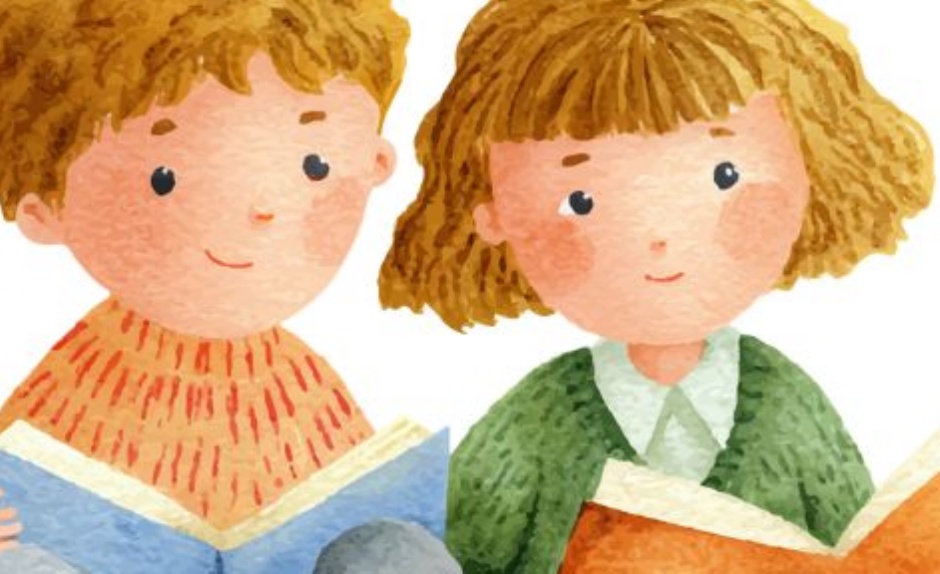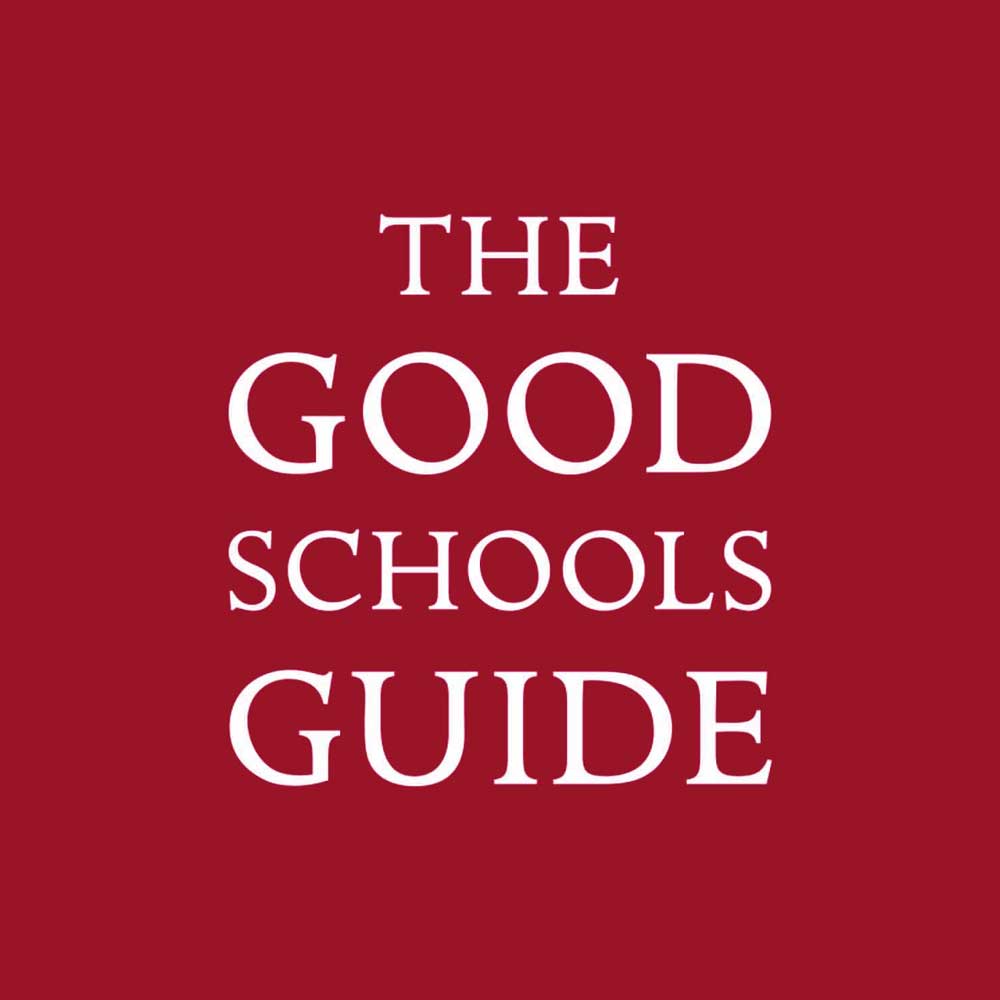Half Term: a chance for a good read

Our Headmaster is encouraging our boys to pick up a good read over the half term break.
As many will have noted, last Saturday was Open Morning. This is a morning I always enjoy, allowing me to get onto one of my professional and personal hobby horses: enthusing about Pilgrims’! It enables me to rise mentally out of the day-to-day and to recall afresh each time the ‘big picture stuff’; what it is that we aim for with all our boys.
Over a cup of tea after I’d spoken, I found myself talking with a prospective parent about an important facet of a Pilgrims’ education, and one that I had mentioned only fleetingly in my presentation: the role and celebration of reading. It is a well-worn fact of Pilgrims’ life that one will almost always find a variety of boys buried nose-deep in a book (or Kindle): during break, on a bench; at Sit Down (obviously); in bed before lights out for boarders; even – it has been known – surreptitiously attempting it at a mealtime, under the table. And though one has to address the latter, it’s always with a sneaky sense of pride that the school (and its parents) foster a culture where boys would want to do this.
In the world of my family, having searched my brain for something that might engage her interest and imagination as a bedtime story, I recently started the original Alice’s Adventures in Wonderland with my daughter, Aria. As such, I fell to discussing with this prospective parent the fact that, if this story were submitted to publishers today as an unknown manuscript, it would likely struggle to find a place in the modern children’s literature market. Contemporary children’s books often lean towards linguistic simplicity, a fast pace, and narrative clarity: overt emotional arcs, clean prose, and direct plots that serve the reader’s immediate comprehension. Lewis Carroll’s elaborate prose — filled as it is with multi-clause sentences, wordplay, and philosophical asides — contrasts sharply with these current publishing norms. Its nonsensical elements and the dreamlike narrative would also likely challenge today’s emphasis on characters that are relatable, and on moral or emotional development.
Perhaps most importantly, Alice reminds us that stories need not always be neatly packaged or easily digestible to have real value. It remains appreciated for its whimsy and linguistic creativity, demonstrating that young readers can still be captivated by strangeness and imagination. There is, after all, much to be said for those moments when a child pauses mid-sentence to ask, “What does that mean?” or furrows a brow as they puzzle over an unusual turn of phrase. Such encounters with language and meaning deepen both curiosity and confidence, helping their minds to grow more agile and independent. It is through the wrestling, not just the reading, that the greatest gains are often made.
As such, our aim as the adults in their lives, surely, is not just that the boys read fluently, but that they read widely and with discernment; that they come to enjoy the unfamiliar as much as the familiar, and that they are unafraid of a literary challenge.
As we look ahead to the half-term break, I would encourage every boy to pick up something a little different: to venture beyond their well-trodden favourites and explore new authors, genres, or even eras. In doing so, they will not only broaden their personal canon but also discover that reading, in all its rich variety, remains one of life’s greatest adventures.
Tim Butcher
Headmaster








